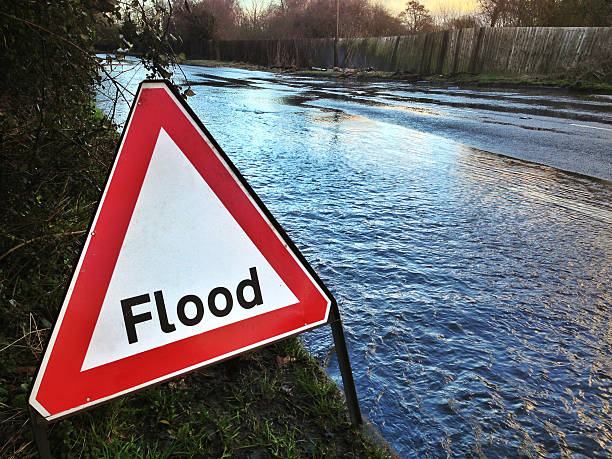
A flash flood warning is an emergency alert issued by weather authorities when a flash flood is either happening or expected to occur very soon. Flash floods develop rapidly, often within minutes or hours after heavy rainfall, a dam break, or sudden release of water.
Key characteristics of a flash flood warning include:
- Immediate Threat: It signals that flash flooding is imminent or already occurring in the area.
- Rapid Onset: Flash floods can happen with little warning, making it crucial to act quickly.
- High Risk to Life and Property: These floods can overwhelm roads, homes, and infrastructure, posing serious danger to people in affected areas.
- Issued by Weather Agencies: Organizations like the National Weather Service (NWS) in the U.S. issue these warnings to alert residents and prompt immediate action.
When a flash flood warning is issued, it is important to take it seriously and move to higher ground or follow evacuation orders promptly.
If a flash flood warning is issued, follow these critical steps to ensure your safety:
- Move to Higher Ground Immediately:
The most important step is to quickly move to higher ground. Flash floods can occur suddenly, and low-lying areas are especially vulnerable. Seek shelter on higher floors of buildings if evacuation is not possible. - Avoid Walking or Driving Through Floodwaters:
Even shallow water can be dangerous. It only takes 6 inches (15 cm) of fast-moving water to knock over an adult and 12 inches (30 cm) to carry away a car. Avoid flooded roads and paths, as the depth and strength of the water can be misleading. - Stay Informed:
Tune in to local news, weather radio, or emergency alerts on your phone for updates. These warnings provide important information about the flood’s progress, evacuation routes, and other safety instructions. - Evacuate if Ordered:
If authorities advise evacuation, do so immediately. Follow designated routes, as short cuts might be blocked or dangerous. If time permits, inform family members or friends of your whereabouts. - Avoid Streams, Rivers, and Drainage Systems:
Flash floods can quickly swell rivers and streams, turning them into fast-moving, hazardous torrents. Avoid being near any bodies of water, and be cautious around drainage systems, as water can surge quickly without warning. - Prepare for Power Outages and Utility Shutoffs:
In flood-prone areas, electrical and gas utilities may be shut off for safety. Turn off appliances if possible, and avoid using electrical devices that could be exposed to water. This helps prevent electrical hazards and fires. - Do Not Return Until It’s Safe:
After the flood, don’t rush back to flooded areas or your home until local officials declare it safe. Floodwaters can weaken infrastructure, create sinkholes, or carry harmful contaminants.
By acting quickly and staying alert, you can significantly reduce the risks posed by flash floods.


